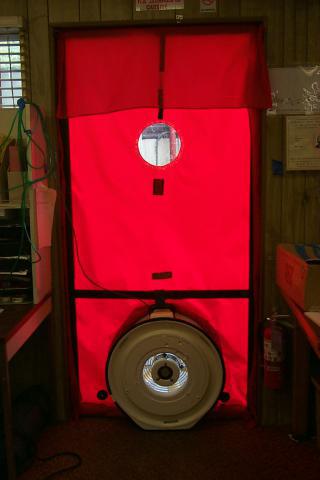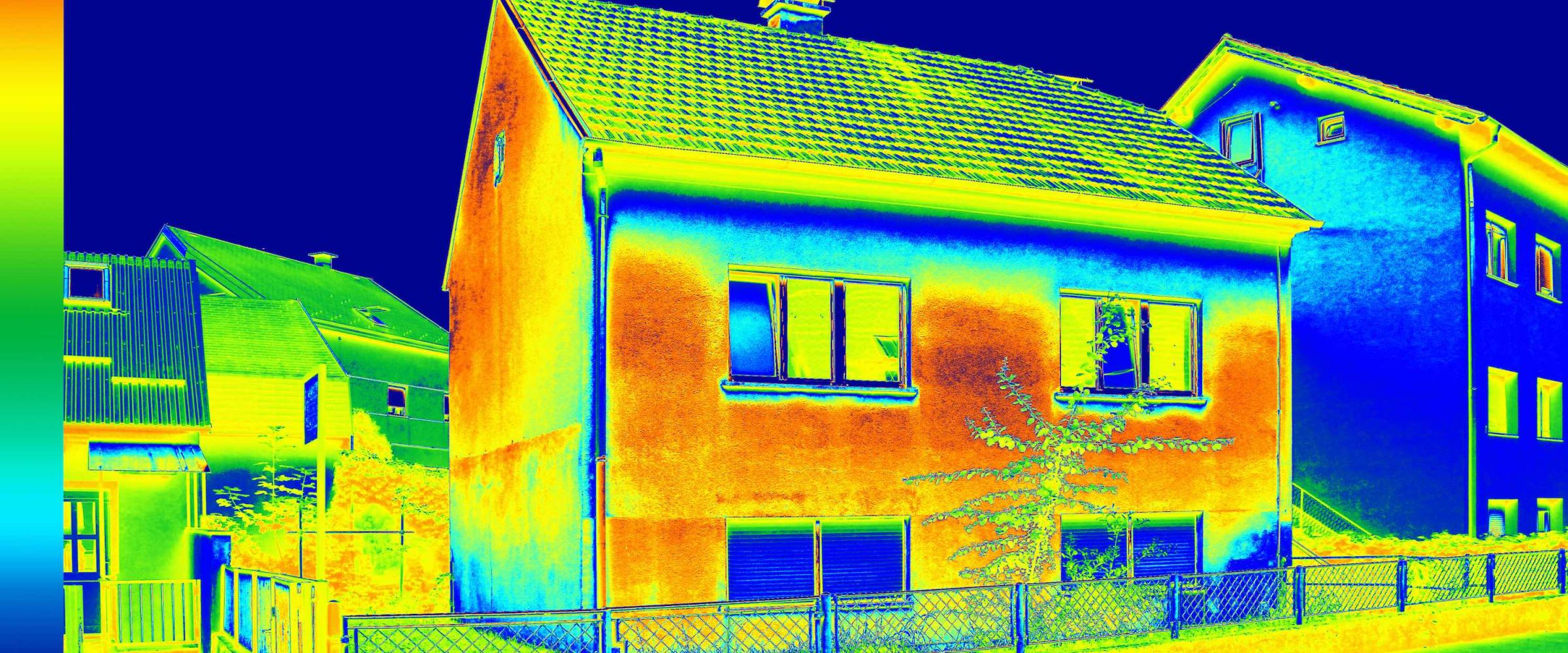Residential Leakage Database
This database contains diagnostics data from residential homes in the U.S. The purpose of this database is to support energy use and indoor air quality analyses of the U.S. housing stock.
ResDB was first created in the mid 1990s. It has been updated several times to include newer constructions and for time-trend analysis. Air tightness of the building envelope is the primarily parameter in ResDB. Other available data include duct leakage measurements and basic housing characteristics.


ResDB contains data from more than 150,000 homes with measurements dated from 1980s. The latest data collection effort is near completion. Data check and evaluation is scheduled to be completed by the end of 2011. Reports of our findings will be released early 2012.
Data in ResDB are contributed from many sources, including weatherization assistant programs, residential energy efficiency programs, etc. We perform statistical analyses from these non-representative data aiming to characterize the U.S. housing stock.
Our prior analyses suggest that homes are built tighter nowadays. Homes tend to get more leaky over time. In particular, smaller homes that are occupied by low-income families tend to be the most leaky. Our current analysis, for example, will evaluate the rate of increase in air leakage as homes age, and also comparison of pre- and post-retrofit measurements.
For updates about ResDB, see project website.
